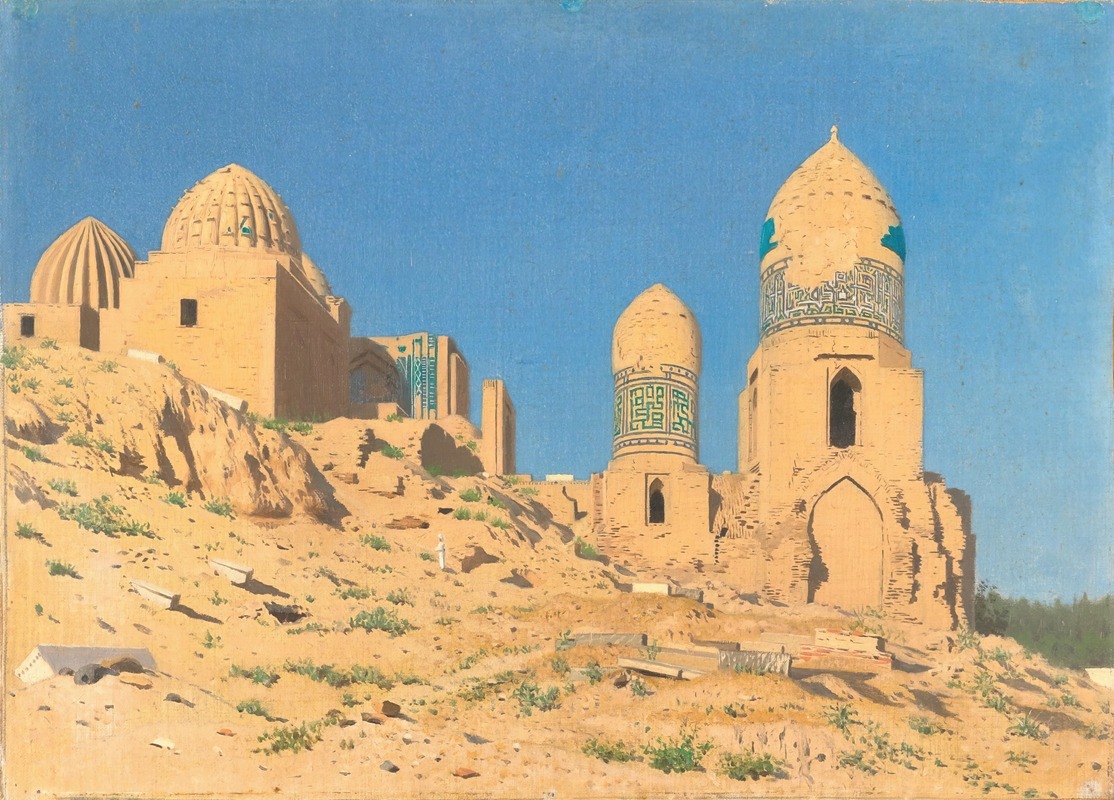
Shah-i-Zinda Mausoleum in Samarkand. Vasily Vereshchagin, 1869.

Shah-i-Zinda Mausoleum in Samarkand. Vasily Vereshchagin, 1869.
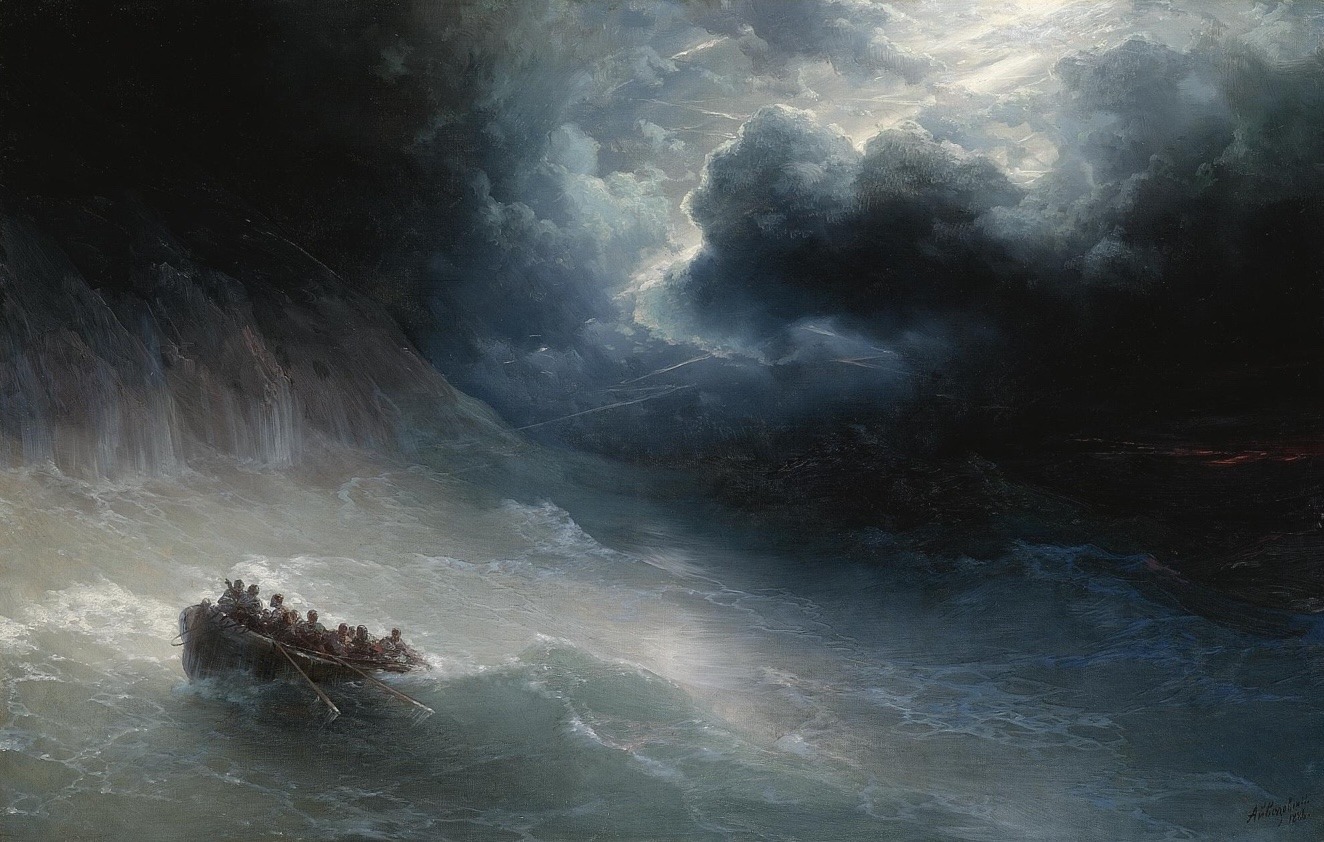
The Wrath of the Seas. Ivan Aivazovsky, 1886.
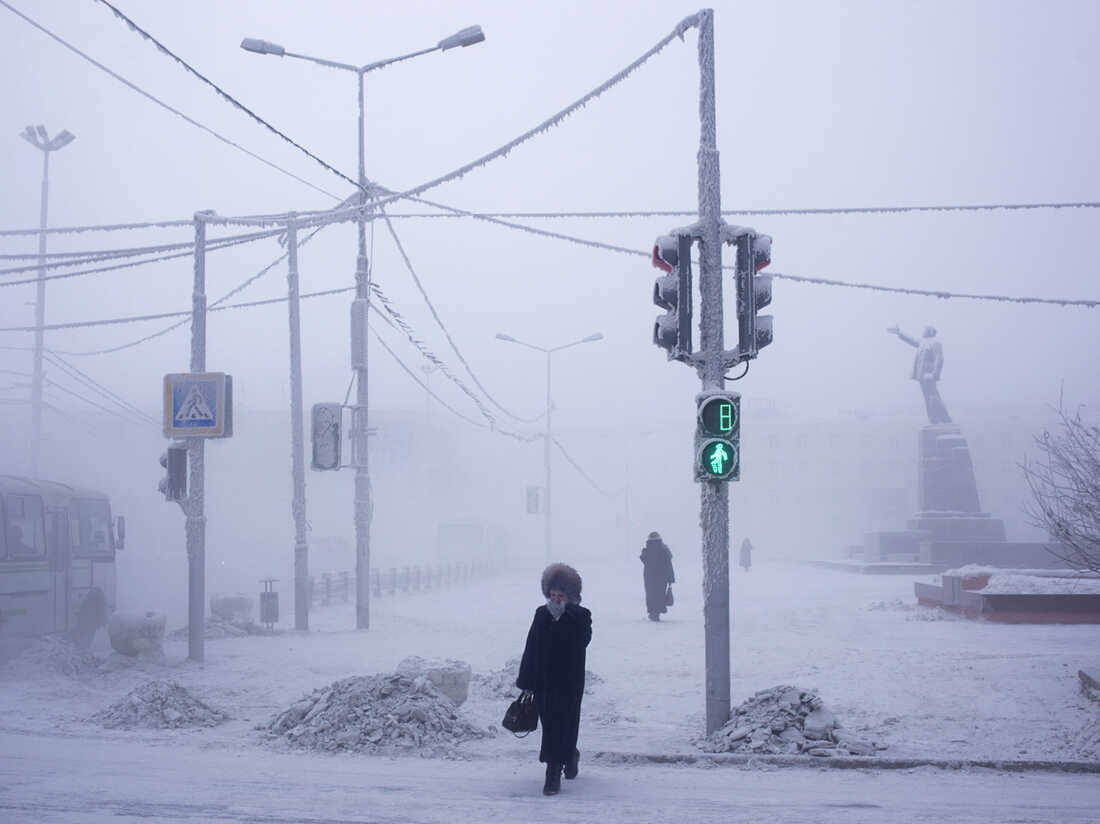
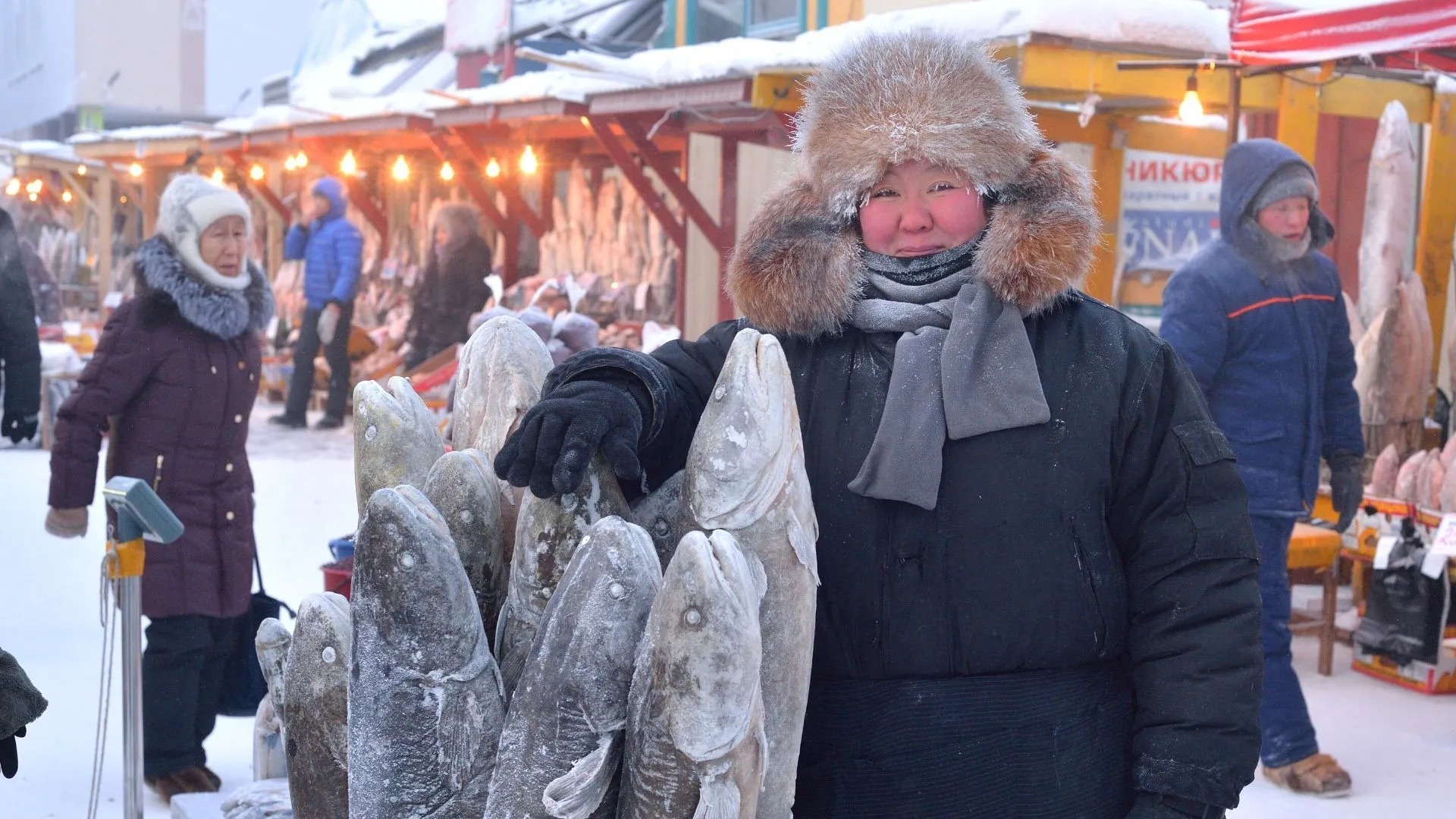
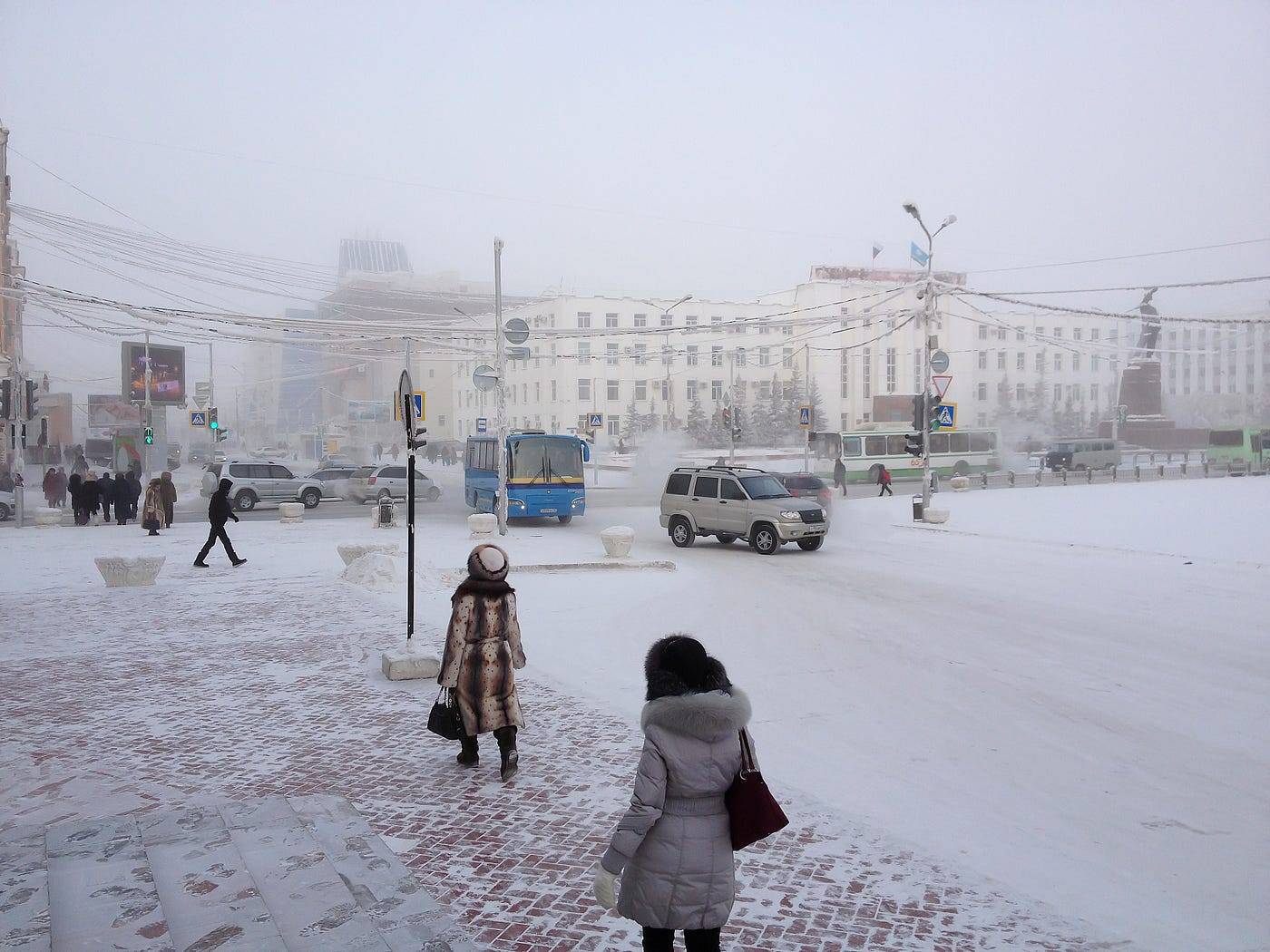
The Siberian city ofYakutsk, in the Russian Far East, is unfathomably cold, yet home to over a quarter million people:
Yakutsk has an average annual temperature of 17.6 °F winter high temperatures consistently well below −4 °F, and a record low of −−83.9 °F. As a result, Yakutsk is the coldest major city in the world
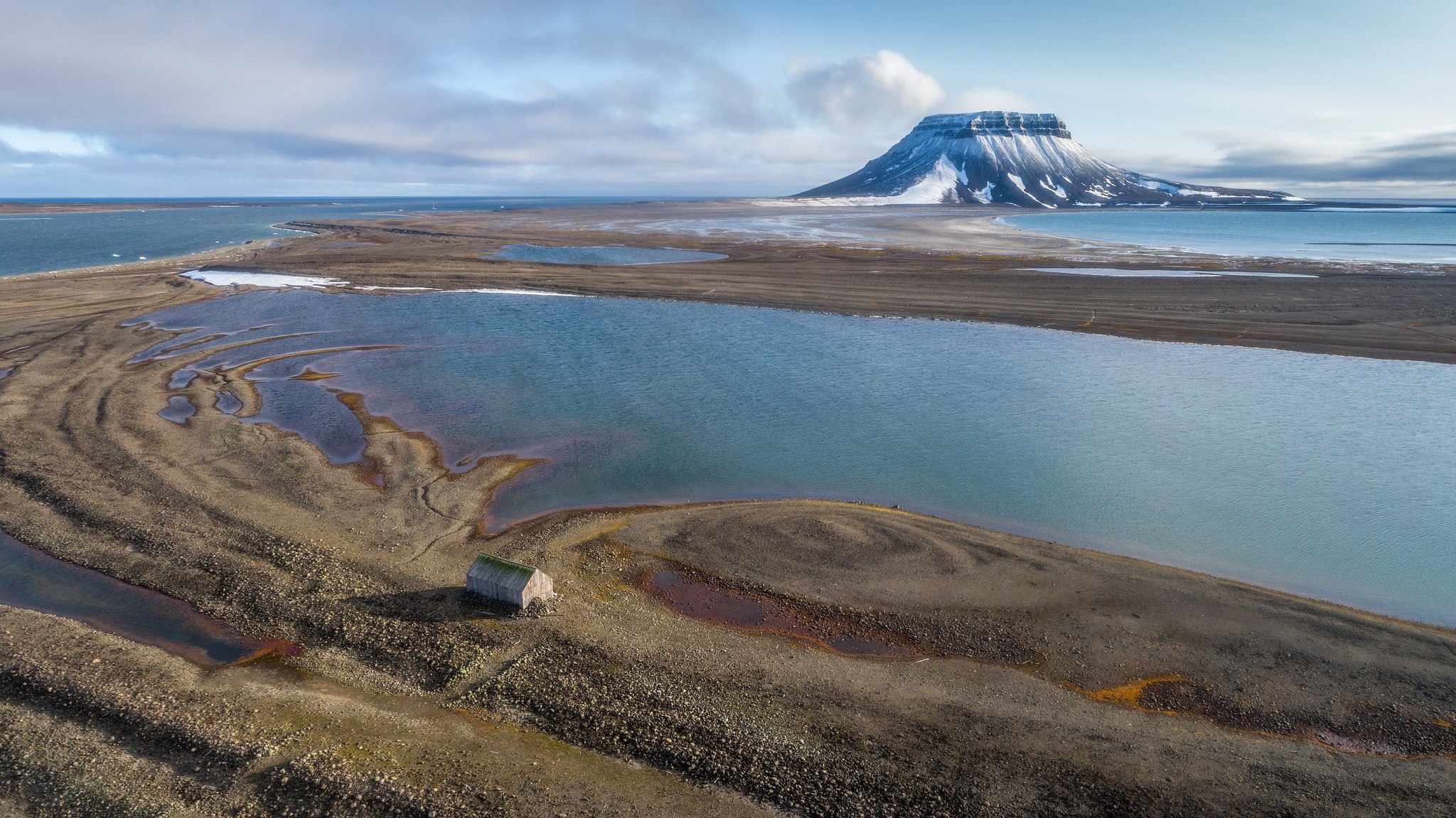
**Bell Island, **part of the Franz Josef Land archipelago in Russia.
I couldn’t believe this:
The island was the first among the Franz Josef archipelago to be visited by Benjamin Leigh Smith in his 1880 expedition. In his second expedition to the islands in 1881, Smith built a wooden lodge on the north side of the island which he used to winter. The lodge stands to this day.
A small wooden shack, built on an island in the Arctic Ocean, stands for 150 years. Will think about that next time I’m building something.